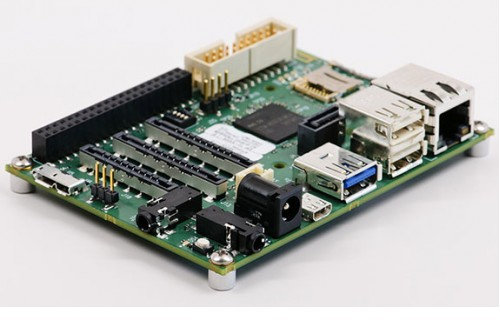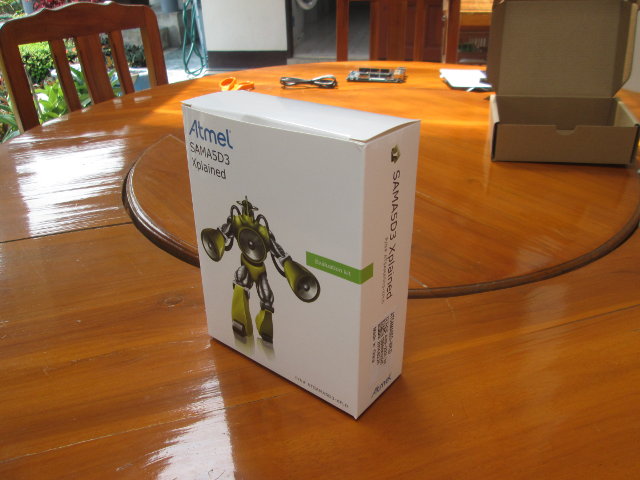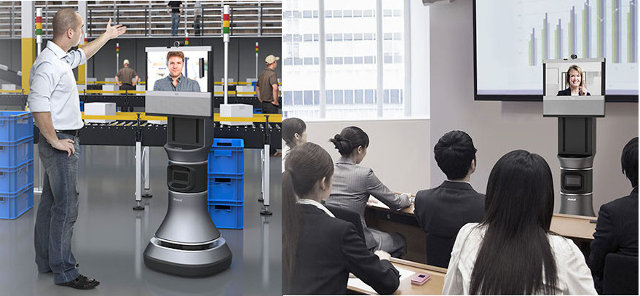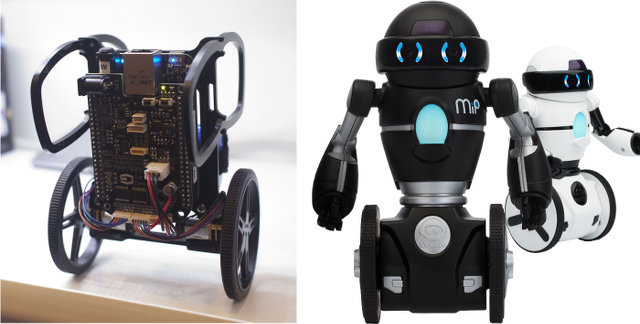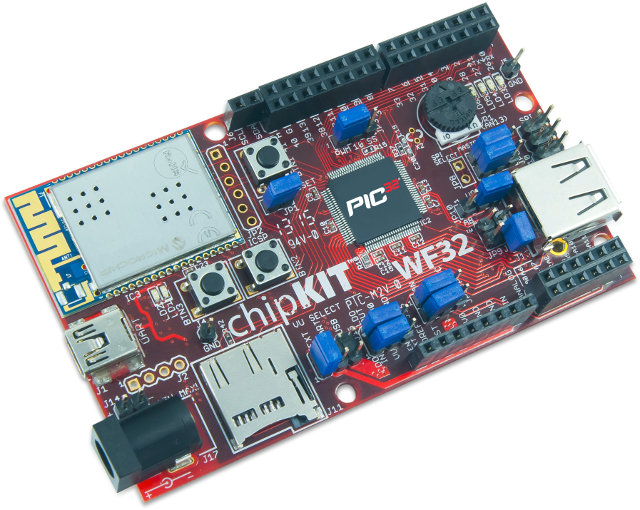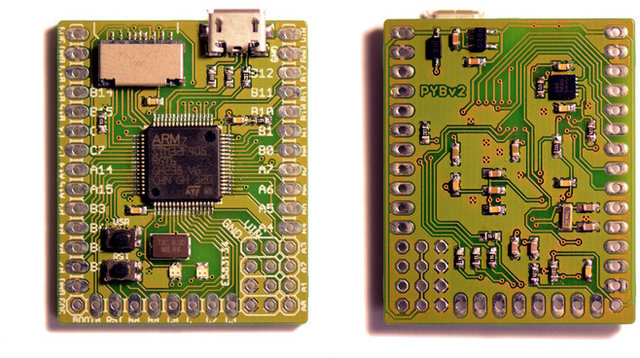Nvidia Jetson TK1 is a development board powered by the company’s Tegra K1 quado core Cortex A15 processor, and especially a Kepler GPU that allows for OpenGL 4.4. It has shipped to developers around April/May, and some of them have showcased their projects, or tested some hardware. Dolphin Emulator on Nvidia Jetson TK1 Dolphin is an emulator for Nintendo GameCube and Wii console that supports full HD (1080p) rendering, and run on Android, Linux and Mac OS, and there’s also an Alpha version for Android. Ryan Houdek (Sonicadvance1), one of Dolphin’s developers, has leveraged Kepler’s OpenGL support via Nvidia’s GPU drivers, to port the emulator to the platform running on Ubuntu, but it should work as well on Tegra K1 hardware running Android such as XiaoMi MiiPad tablet. You can watch Mario Kart: Double Dash demo running at full speed on the Nvidia board below. According to the developer, such […]
Inforce Computing IFC6540 Pico-ITX Board Features Qualcomm Snapdragon 805, High Speed Interfaces
Inforce Computing has been working the successor of their IF6410 development board based on Snapdragon S4 Pro SoC with IFC6540, another tiny board for Linux and Android, yet with interesting features such as 802.11ac, SATA III, USB 3.0 host and device connectors, and powered by the latest Snapdragon 805 quad core krait processor. IFC6540 specifications: SoC- Qualcomm Snapdragon 805 APQ8084 Quad core Krait 450 @ 2.5GHz with 2MB L2 cache, Adreno 420 GPU with OpenGL ES 2.0 and 3.0, OpenCL, and RenderScript support. System Memory – 2 GB LPDDR3 Storage – 4GB eMMC 4.5 (eMMC 5.0 also supported), 1 micro SD slot, and 1x SATA 3 interface Connectivity 802.11ac WiFi /ac (2.4 GHz/5 GH) + Bluetooth 4.1 via QCA6174 10/100/1000 Mbps Ethernet via AR8151 GPS via QCA1530 + GPS antenna connector Video and Audio Interfaces 1 x HDMI (Type D) Dual MIPI-DSI and Touch Screen 3.5mm headphone and Line In […]
Embedded Linux Conference 2014 Schedule
The Tenth Embedded Linux Conference (ELC 2014) will take place on April 29 – May 1, 2014 at the San Jose Marriott in San Jose, California. The event will feature 90+ sessions on embedded Linux, Android and IoT with over 450 attendees expected to attend. It will also be co-located with Android Builders Summit and the AllSeen Alliance Hackfest. Even if you can’t attend it’s still interesting to see what will be discussed at the event to get a grasp of on-going developments, learn a few things about different optimization techniques, and so on. So I’ve gone through the sessions’ description, and I’ve designed my own virtual schedule with sessions that could be of interest. April 29 9:00 – 9:30 – Keynote: The Paradox of embedded and Open Source by Tim Bird, Sony Mobile Linux has taken the embedded world by storm. Billions (with a ‘B’) of devices have now shipped […]
Atmel SAMA5D3 Xplained Board Unboxing and Quick Start Guide
Atmel SAMA5D3 Xplained is an evaluation board running Linux powered by SAMA5D36 ARM Cortex A5 micro-processor with 256 MB DDR2, 256 MB flash, two Ethernet ports, 3 USB connectors, and more. This embedded board targets industrial automation, networks, robotics, control panels and wearable applications. The only video output is an LCD connector so it is reserved for headless or flat panel based applications. You can check full specs on my Atmel SAMA5D3 Xplained announcement post. The company kindly sent me a sample, so that I can share my experience with the board. I’ll first post some unboxing pictures, show how to get started with the pre-installed image, and build my own Linux image. The board can be purchased for $79 from Atmel e-Store, as well as several distributors (P/N: ATSAMA5D3-XPLD). Atmel SAMA5D3 Xplained Unboxing I’ve been sent the board via DHL in the following package, which gives a short desscription […]
iRobot Ava 500 Telepresence Robot Roams Autonomously, Recharges Itself
Earlier this week, I watched Edward Snowden interview at TED2014 in Vancouver. For obvious reason he was not physically in Canada, but instead used some telepresence robots that could be controlled remotely, and allowed Snowden to move around and see the audience. I thought I may have to look into this type of solutions to write in CNX Spftware, but I eventially did not need to as Linux Gizmos wrote about a similar product called iRobot Ava 500. This robot will automatically learn about its environment, roam the office or factory floor as needed for meetings, and even go back to a docking station to recharge itself when it’s needed. The pictures above show Ava 500 with Cisco Telepresence EX60 solutions that comes with the following specifications: Cisco TelePresence EX60 display 21.5″ LCD (1920 x 1080) 16:9 aspect ratio, 1000:1 contrast ratio 170° viewing angle 5ms response time Cisco TelePresence […]
The Open Source Robots Invasion Has Begun: BeagleMiP, uARM, and PiddyBot
In the last few days, I’ve come across three affordable open source robots either based on BeagleBone Black, or Arduino compatible boards, and I’m sure there are many other projects out there for people interested in getting started with robotics without breaking the bank. BeagleMiP Self-balancing Robot I’ve found out the first robots from a long armdevices.net video showing two Mobile Inverted Pendulum (MiP) robots, able to stand on two wheels, designed by the Coordinated Robotics Lab of The University of California, San Diego: BeagleMiP educational robotics development kit from Strawson Design. The kit features the BeagleBone Black board with Texas Instruments Sitara ARM Cortex A8 processor and Novus Robotics Cape, an add-on board that provides 9-axis IMU (Accelerometer, Gyro, Magnetometer), 6 PWM connectors to power servos or brushless ESCs, 2 user-accessible buttons and 2 LEDs, a cell balancer & overvoltage protector, H-bridges to drive 6 DC Motors, and connectors […]
Microchip Unveils chipKIT Wi-Fi Development Board and Motor Control Shield
Microchip Technology has just announced two new boards by Diligent, part of its Arduino compatible chipKIT ecosystem: chipKIT WF32 board featuring a PIC32 MCU and a Wi-Fi module, and chipKIT Motor Control Shield for servos, steppers, and DC motors. chipKIT WF32 Development Board Board specifications: MCU – Microchip PIC32MX695F512L micro-controller (80 Mhz 32-bit MIPS, 512K Flash, 128K SRAM) External Storage – Micro SD card connector Wi-Fi – IEEE 802.11 b/g via Microchip MRF24WG0MA WiFi module USB – USB 2.0 OTG controller with A and micro-AB connectors for debugging and programing. 43 available I/O pins with 12 analog inputs Misc – 4x user LEDs PC connection uses a USB A > mini B cable (not included) Power – 7V to 15V input voltage (recommended), 3.3V operating voltage, 30V input voltage (maximum), 0V to 3.3V analog input voltage range Microchip has also released an embedded cloud software framework to create Internet of Things […]
Micro Python Brings Python to MCU Boards and Robots (Crowdfunding)
Micro Python is an implementation of the Python programming language, written from scratch and optimized to run on micro-controllers such as the ones based on ARM Cortex-M cores. Damien George, the developer, also designed the Micro Python board powered by STMicro STM32F405 Cortex M4 MCU for the purpose of running Micro Python. Even though in this project, the star of the show is not the board itself, as Micro Python will run on other platform once it’s open source, let’s have a look at the hardware specifications: MCU – STMicro STM32F405RG @ 168MHz with 1MB flash, 192KB RAM, and an FPU. External storage – Micro SD slot 30 general purpose I/O pins – 5 USARTs, 2SPIs, 2 I2C busses, 14 ADC pins, 2 DAC pins, 2CANs, and 4 servo ports with power. Built-in USB interface Misc – 4 LEDs, a user switch, a reset switch, a real-time clock, and a 3-axis […]



